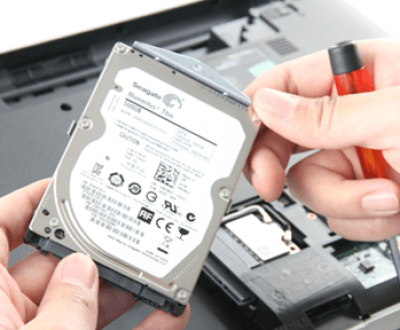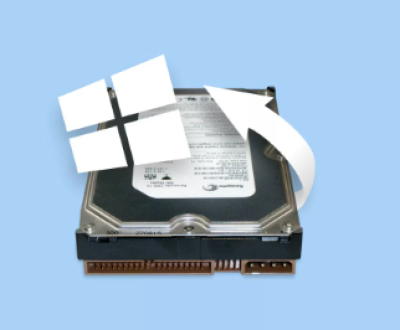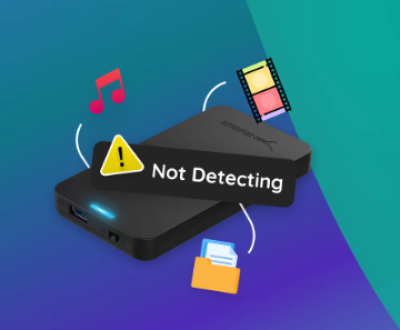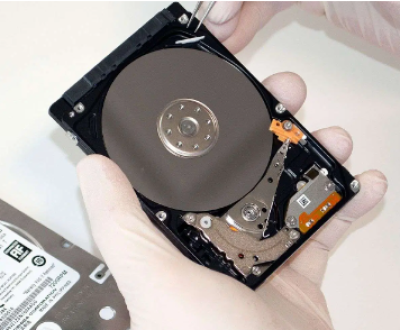Retrieving data from a formatted hard disk can be a complex process, but it is often possible depending on various factors such as the type of formatting, the file system, and whether the data has been overwritten.
Quick Format vs. Full Format: A quick format only erases the file system table and marks the disk space as available for new data, leaving the actual data on the disk intact. A full format, on the other hand, writes zeros or other patterns to every sector of the disk, overwriting the existing data. In theory, data recovery is more likely after a quick format, but with the right tools and techniques, recovery is sometimes possible even after a full format.
File System Types: Different file systems like FAT32. NTFS, and exFAT have different structures and formatting mechanisms. This affects how data is stored and how it can be recovered. For example, NTFS is more complex and has better data integrity features compared to FAT32. which can make recovery more challenging but also more reliable in some cases.

Data Recovery Software
When you face the issue of retrieving data from a formatted hard disk, Panda Assistant can first explain the fundamentals. It will clarify the difference between a quick format and a full format. A quick format only erases the file system directory, leaving the actual data on the disk, which makes data recovery more feasible. In contrast, a full format overwrites the data, but recovery might still be possible in some cases.
Panda Assistant can then recommend popular data recovery software options. For instance, it could mention Recuva, known for its user – friendly interface and effectiveness in recovering lost files. It would guide you through the steps of using such software, like installing it on a different drive to avoid overwriting the data on the target disk.
If the data is crucial and software – based recovery fails, Panda Assistant can also suggest considering professional data recovery services. It would stress the importance of choosing a reliable service provider with a good track record.
Professional Data Recovery Services
When to Consider Professional Services: If the data is extremely important and valuable, or if the data recovery software fails to recover the desired data, it may be necessary to seek professional data recovery services. Professional data recovery companies have specialized equipment and expertise to handle more complex data loss situations, such as physical damage to the hard disk, firmware issues, or severe file system corruption.
Choosing a Professional Data Recovery Company: Look for a company with a good reputation, experienced technicians, and appropriate certifications. Check online reviews and ask for recommendations from others who have used data recovery services. It’s also important to get a clear estimate of the cost and the success rate of the recovery before committing to a service.
Precautions During Data Recovery
Stop Using the Disk Immediately: As soon as you realize that data has been lost due to formatting, stop using the hard disk to prevent new data from being written to it. The more you use the disk, the higher the chance of overwriting the data you want to recover.
Handle the Hard Disk with Care: If the hard disk is physically damaged, such as making unusual noises or having problems with the connection, do not attempt to open or repair it yourself. This can cause further damage and make data recovery more difficult or even impossible.
Backup Recovered Data: Once you have successfully recovered the data, make sure to back it up immediately to another storage device to prevent any further loss.
Special Considerations for Different Operating Systems
Windows: Windows has its own built-in tools like System Restore and Previous Versions, which can sometimes help recover files that were lost due to formatting if they were backed up automatically. However, these methods have limitations and may not work in all cases.
Mac: Mac users can use Time Machine if it was enabled before the formatting occurred. Time Machine creates regular backups of the system and files, allowing users to restore data to a previous state. Additionally, there are Mac-specific data recovery software options available that work similar to those for Windows.
Linux: In Linux, tools like TestDisk and PhotoRec can be used for data recovery. These tools are open-source and can be very effective in recovering data from formatted Linux partitions. The process may be more complex compared to Windows and Mac, as it often requires a good understanding of the Linux file system and command-line tools.
Advanced Data Recovery Techniques
Disk Imaging: This involves creating an exact copy of the entire hard disk, including all its sectors and data. The imaging process can be done using specialized hardware or software tools. Once the image is created, data recovery can be performed on the image instead of the original disk, which helps to avoid further damage to the original disk and allows for multiple recovery attempts.
Raw Data Recovery: This technique involves directly accessing and analyzing the raw data on the hard disk at the sector level, bypassing the file system. It requires a deep understanding of the disk’s physical structure and the data storage format. Specialized software and tools are used to search for patterns and signatures of files within the raw data and reconstruct them.
About us and this blog
Panda Assistant is built on the latest data recovery algorithms, ensuring that no file is too damaged, too lost, or too corrupted to be recovered.
Request a free quote
We believe that data recovery shouldn’t be a daunting task. That’s why we’ve designed Panda Assistant to be as easy to use as it is powerful. With a few clicks, you can initiate a scan, preview recoverable files, and restore your data all within a matter of minutes.
Subscribe to our newsletter!
More from our blog
See all postsRecent Posts
- How to recover data from portable hard drive 2025-07-10
- How to recover data from a broken hard drive 2025-07-10
- How do i recover files from a formatted hard drive 2025-07-10

 Try lt Free
Try lt Free Recovery success rate of up to
Recovery success rate of up to









